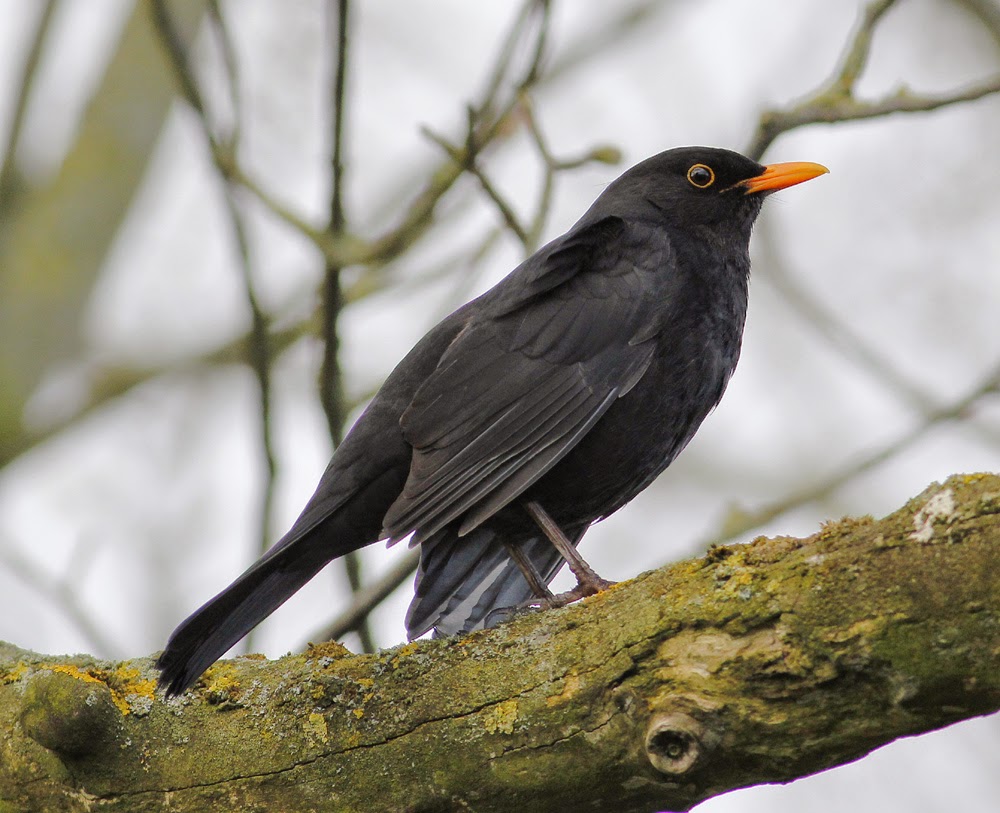On Tuesday we spent a day at Blackpool Zoo with our two granddaughters. Today I took a well-earned rest and spent a good three hours birding the usual spots.
Zoos, you either love or hate them and I hadn’t been to a zoo for many years. At ages 8 and almost 3 respectively, Olivia and Isabella loved it, spending the first 30 minutes running around wildly as they discovered new animals to look at.
Eventually the pace slowed as the girls began to take an interest in the “exhibits”.
They were both impressed with the Red Panda, Ailurus fulgens fulgens an animal which in the wild “feeds mainly on bamboo” to then spend most of the day asleep or escaping from Snow Leopards. In the picture the panda is eating a rabbit. Cue Granddad, two cuddly toy Red Pandas from the Zoo Shop.
Red Panda
We all rather liked the Ring-tailed Lemurs a species closely related to Homo sapiens; both species often practice Yoga in their spare time.
Ring-tailed Lemur
In between finding Chiffchaffs, Willow Warblers, Blackcaps and Swallows along the pathways and over areas of water, Granddad was quite taken with the White Pelicans, one of the few bird species confiding enough to be photographed. There’s a good number of free flying Barnacle Geese wandering close to passing Joe Public, not a trait exhibited from the occasional Barnacle Goose spotted at Pilling.
White Pelican
White Pelican
Yellow-naped Parrot
Barnacle Goose
A good day was had by all, but now for today’s lack of pictures from Pilling.
The morning started rather well at Fluke Hall with plenty of redpolls arriving from the west before feeding in the tree tops as they worked their way east. Seventeen birds went into the notebook as the common Lesser Redpoll even though an uncommon Common Redpoll was seen just across Morecambe Bay yesterday. I wouldn’t dare separate the two species on call but I once found an Arctic Redpoll in Wales by hearing it call and then following to where it landed. The joy of “vis migging” is occasionally palpable.
Confused? It’s a quirk of birding for redpoll species UK style - Common Redpolls are actually quite scarce in the UK, Lesser Redpolls are widespread and numerous in Spring and Autumn, while an Arctic Redpoll is almost unobtainable.
Lesser Redpoll : Foter / Creative Commons Attribution-NonCommercial-NoDerivs 2.0 Generic (CC BY-NC-ND 2.0)
In today’s rarity stakes were 3 Song Thrush, probably convertible to 2 pairs as one pair were busy collecting food for youngsters and a third bird sang loudly from some distance away. In the same area a pair of Mistle Thrush, 4 Tree Sparrow and the now resident Kestrel. Below is a quite shocking picture but proof that Song Thrush does exist and is breeding hereabouts.
Song Thrush
The air was quite still at first allowing not only the redpolls but the songs of 3 Willow Warbler, 3 Blackcap and 1 Chiffchaff. The wind was to pick up noticeably quite soon and put a stop to visible movement.
At Lane Ends the southerly wind had become quite strong as I walked the sea wall. Two Wheatears was the highlight even though getting a picture of a probable “Greenland” female proved difficult as the wind shook the camera. Neither bird was near the normal catching area.
Wheatear
Also at Lane Ends - a Swallow flying east, 1 Buzzard heading inland, 2 Little Egrets leaving the confines of the pool for the outer marsh and a Kestrel returning to its Damside nest box.
Singing in the plantation were singletons of Willow Warbler, Chiffchaff and Blackcap.
There’s more from Another Bird Blog on Thursday, and Friday, and Saturday, and…..



















































.jpg)












